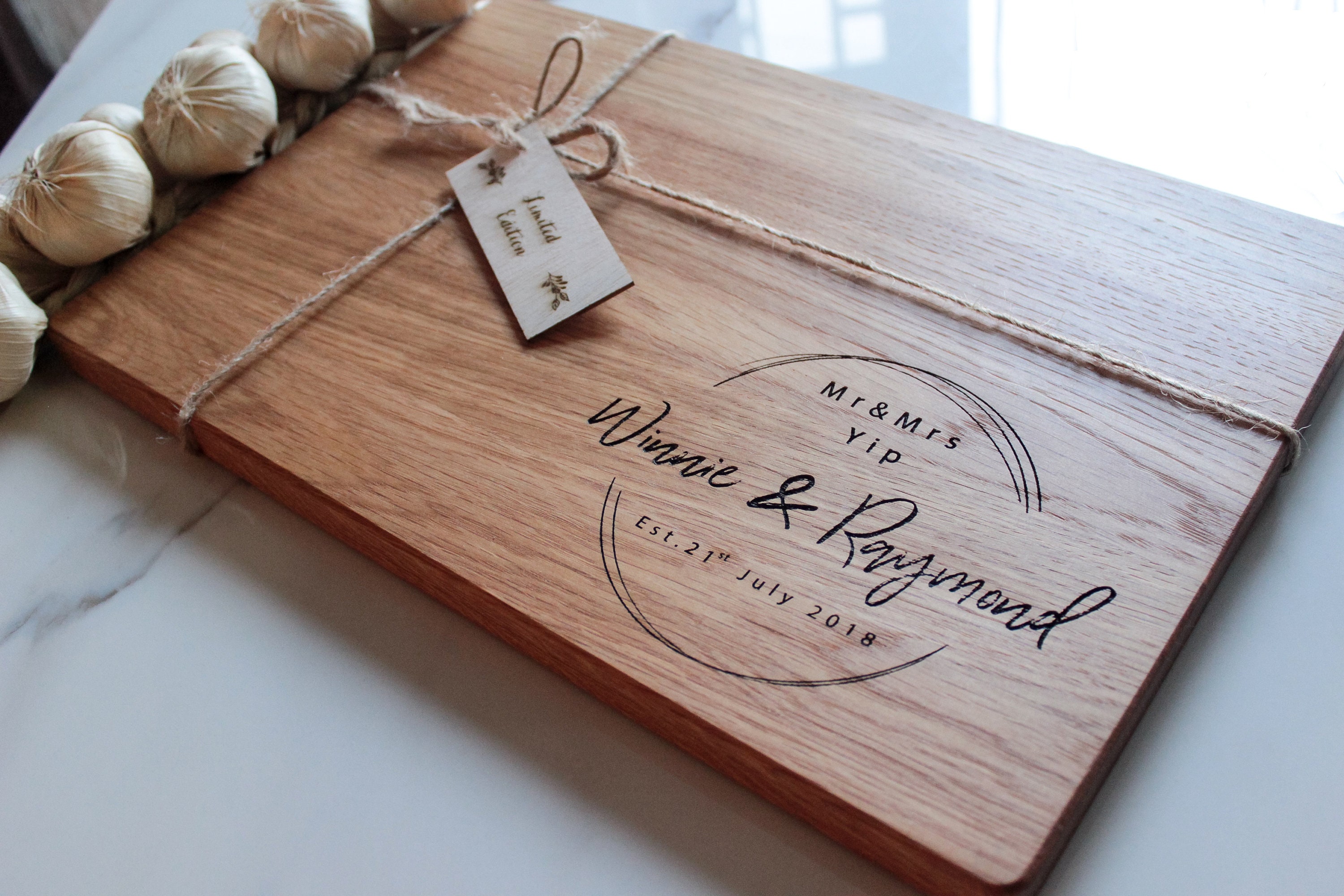Apply These Ten Secret Techniques To Improve Baby Announcement
페이지 정보

본문
Tropical houseplants originate from tropical regions around the world, such as Southeast Asia, South America, and Africa. These plants thrive in warm, humid environments with plenty of light, making them well-suited for indoor spaces. Tropical houseplants come in a wide variety of shapes, sizes, and colours, from large, leafy palms to tiny, delicate orchids.
If you have a bright, sunny spot in your home, you may want to consider plants that require high light levels, such as the Fiddle Leaf Fig or the Ponytail Palm. On the other hand, if you have a low-light room, you can opt for plants that can tolerate shade, such as the Cast Iron Plant or the ZZ Plant.
One of the key benefits of having houseplants in our homes is their ability to improve air quality. Plants naturally remove toxins from the air through a process called photosynthesis, where they take in carbon dioxide and release oxygen. This can help to reduce the levels of harmful chemicals such as formaldehyde, benzene and trichloroethylene, which are commonly found in indoor environments due to household products and pollution. By having a variety of houseplants in your home, you can create a healthier and cleaner living space for you and your family.
Today, garden design in Britain continues to evolve, with a growing emphasis on sustainability, biodiversity, and the integration of technology into garden spaces. Urban gardening has become increasingly popular in recent years, as city dwellers seek to reconnect with nature and create green spaces in their communities.
In recent years, houseplants have seen a surge in popularity among homeowners in the UK. From Instagram influencers to interior design magazines, it seems like everyone is jumping on the houseplant bandwagon. And it's no wonder why - not only do houseplants add a touch of nature and beauty to our indoor spaces, but they also offer a range of health benefits. In this article, we will explore the world of houseplants in the UK, from choosing the right plants for your home to caring for them properly.
4. Fertilising: Houseplants benefit from regular fertilisation during the growing season, typically spring and summer. Choose a balanced, water-soluble plant food and dilute it according to the manufacturer's instructions. Be mindful not to over-fertilise, as this can cause build-up of salts in the soil.
When it comes to choosing the right houseplants for your home, there are a few factors to consider. Firstly, think about the amount of natural light available in each room, as this will determine which plants will thrive in your space. Some plants, such as spider plants and peace lilies, prefer bright, indirect light, while others, like snake plants and ZZ plants, can tolerate lower light conditions. It's also important to consider the humidity levels in your home, as some plants, such as ferns and orchids, thrive in more humid environments.
The post-war period saw a rise in interest in organic gardening and sustainable design, as people became more aware of the environmental impact of traditional gardening practices. The concept of the "wild garden" gained popularity during this time, personalised Gifts with an emphasis on creating habitats for wildlife and using native plants to create a sense of place.
One of the defining characteristics of tropical houseplants is their luxuriant foliage. Many tropical plants have large, glossy leaves that are perfect for adding a touch of greenery to your home. Some popular tropical houseplants include the Monstera deliciosa, also known as the Swiss cheese plant, the Calathea ornata, with its striking patterns, and the Bird of Paradise, with its impressive size and vibrant flowers.
In medieval Europe, garden design underwent a transformation with the influence of Christian monasticism and Islamic garden traditions. Monastic gardens were designed to provide sustenance, solace, and meditation for monks, with simple layouts and utilitarian plants. Islamic gardens, on the other hand, were designed as havens of tranquility and beauty, with lavish water features, lush vegetation, and ornate tile work.
One of the most exciting trends in contemporary garden design is the use of green roofs and living walls, which help to mitigate the effects of urban heat islands and provide habitat for pollinators and other wildlife. These innovative designs are helping to transform the urban landscape, creating vibrant and sustainable spaces that benefit both people and the environment.
 Not only do houseplants improve air quality, but they also have a positive impact on our mental health and well-being. Studies have shown that being in the presence of plants can reduce stress and anxiety, improve mood and increase productivity. The simple act of caring for a plant can also provide a sense of purpose and fulfilment, as well as a connection to nature in our often busy and technology-driven world. By creating an indoor green oasis with houseplants, you can create a calm and soothing environment that promotes relaxation and mental clarity.
Not only do houseplants improve air quality, but they also have a positive impact on our mental health and well-being. Studies have shown that being in the presence of plants can reduce stress and anxiety, improve mood and increase productivity. The simple act of caring for a plant can also provide a sense of purpose and fulfilment, as well as a connection to nature in our often busy and technology-driven world. By creating an indoor green oasis with houseplants, you can create a calm and soothing environment that promotes relaxation and mental clarity.
- 이전글How To Be More Money From Poker 24.08.04
- 다음글climopax: Dosering en gebruiksinstructies waar climopax kopen zonder voorschrift in Frankrijk Oegstgeest 24.08.04
댓글목록
등록된 댓글이 없습니다.



